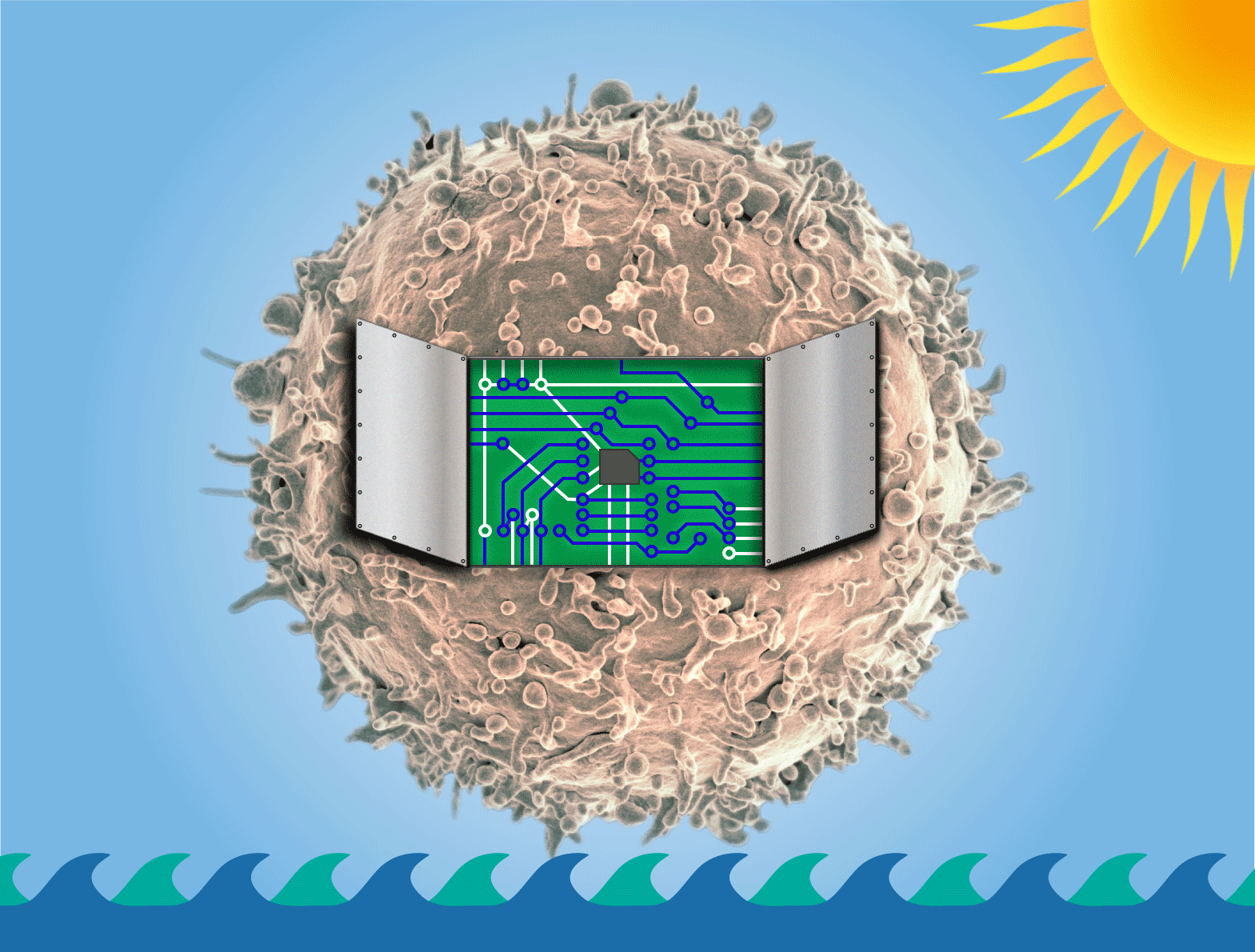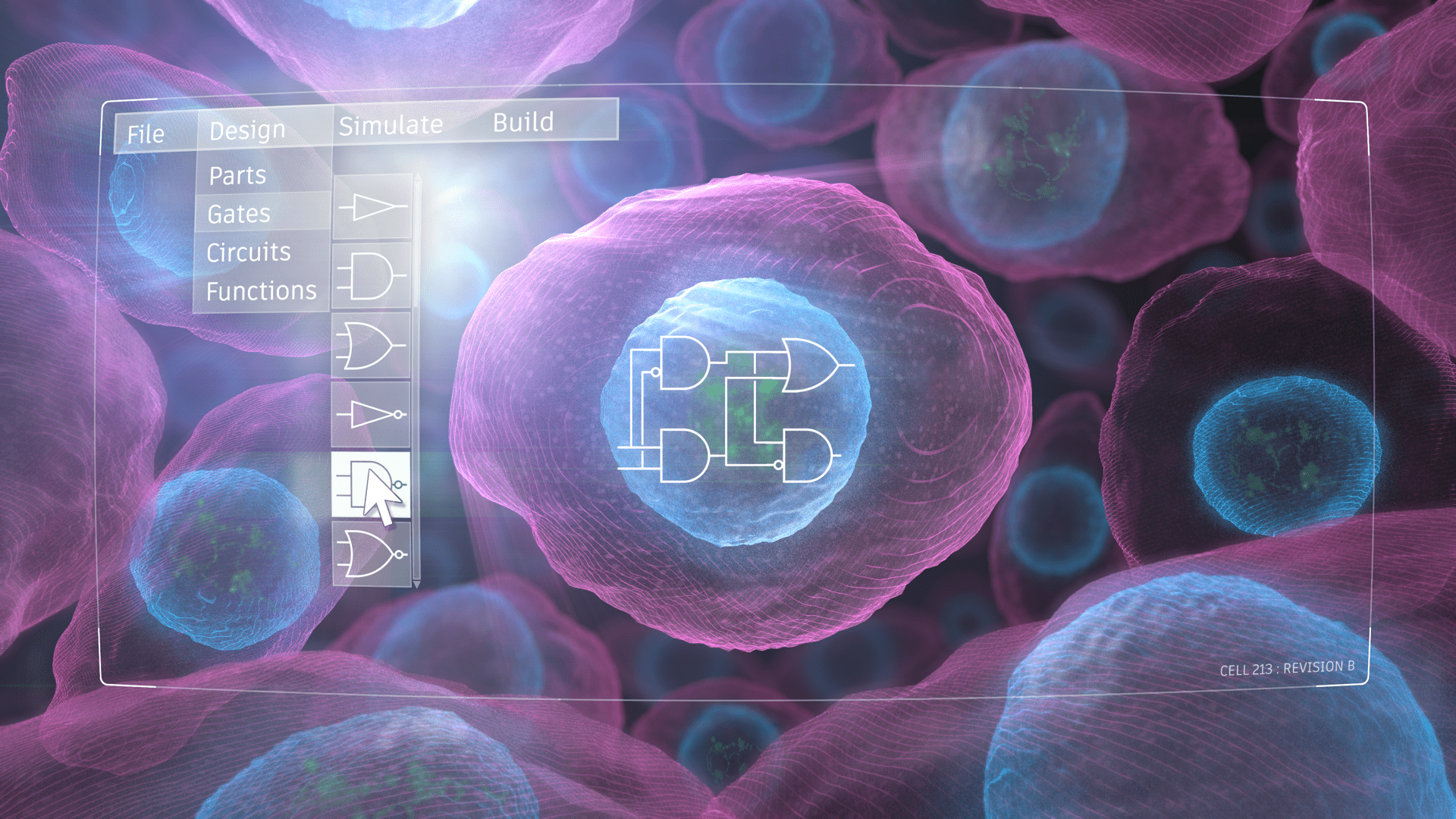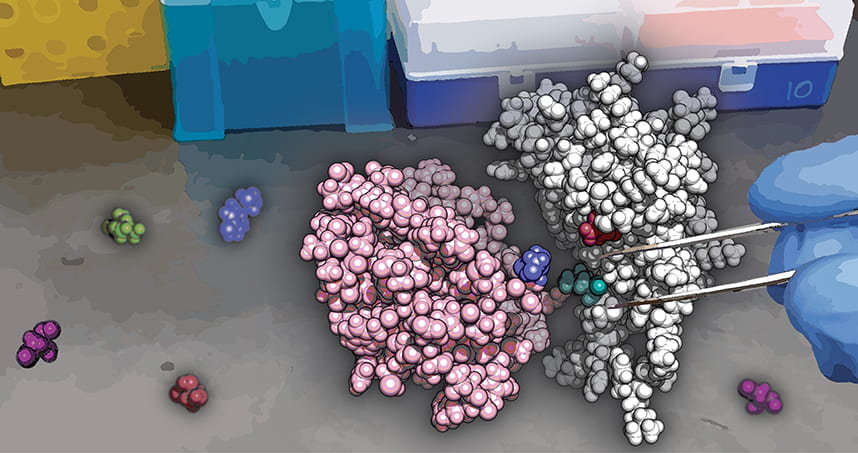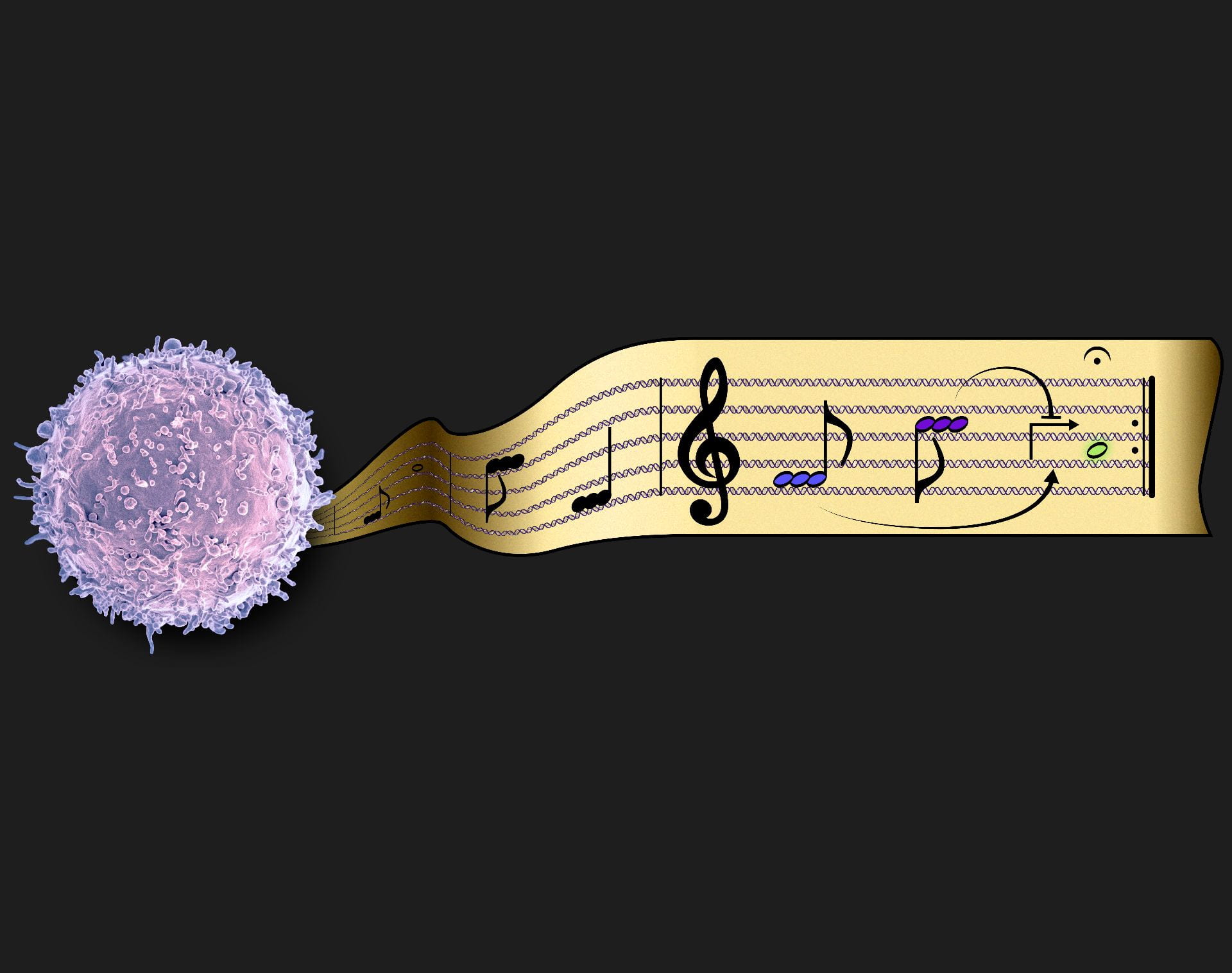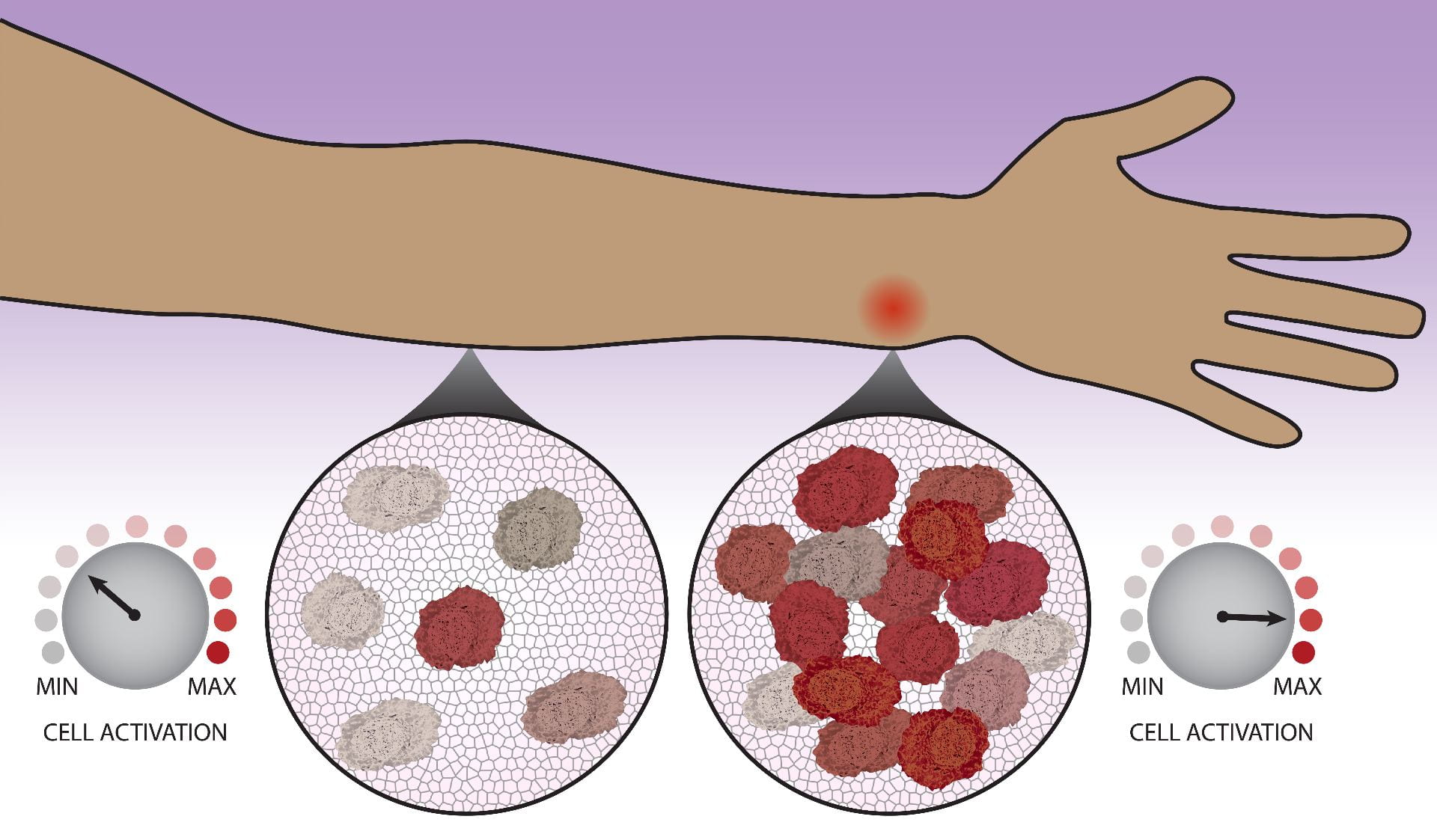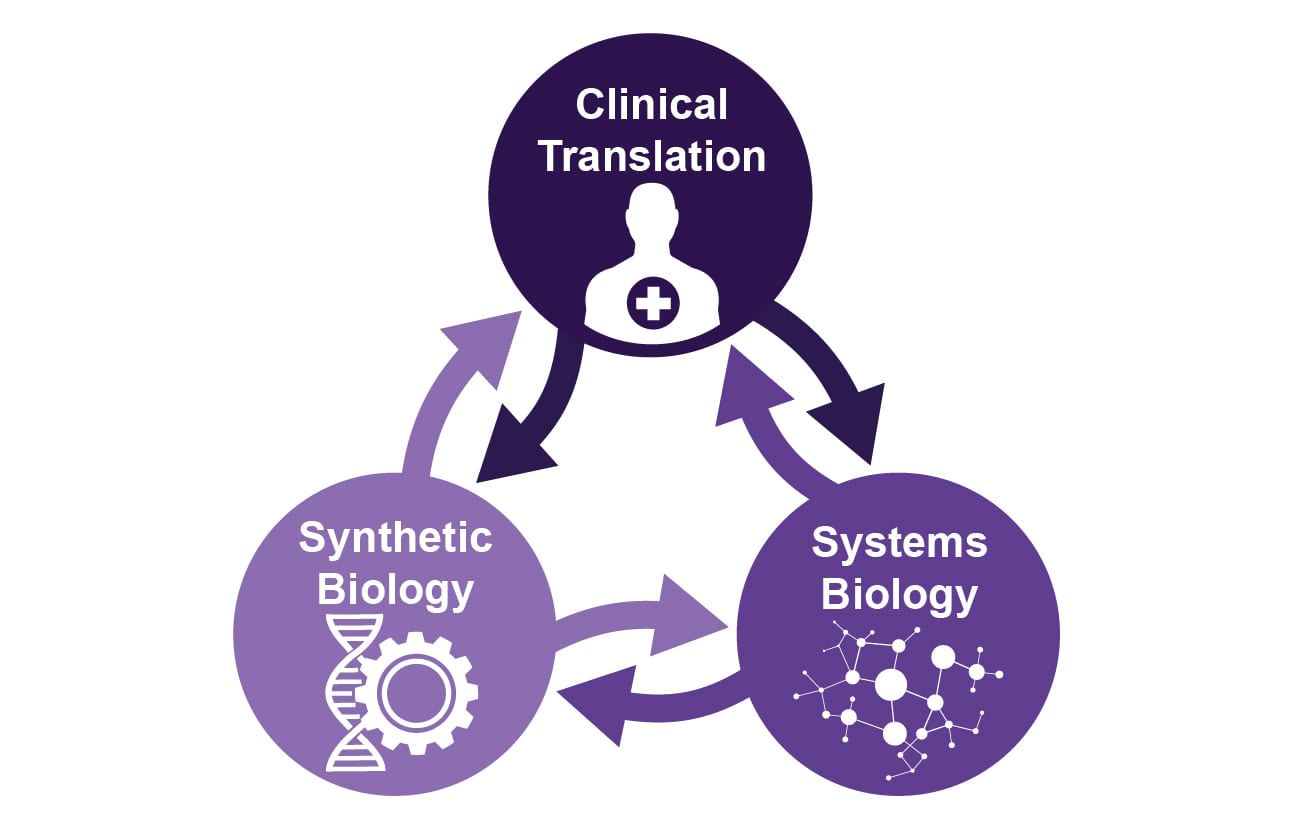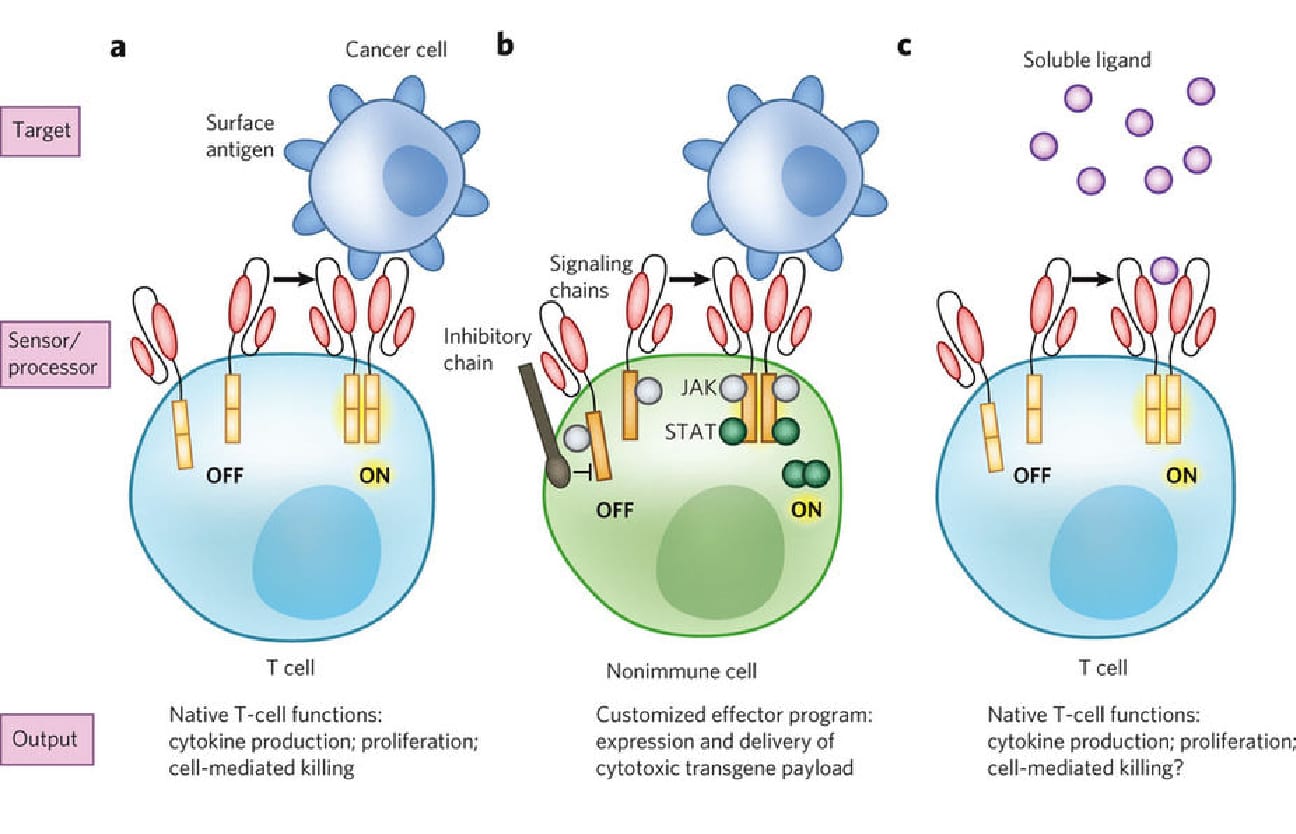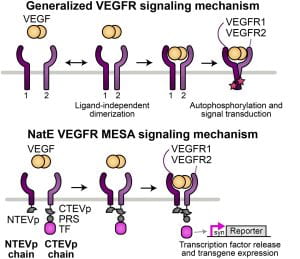New pre-print: GCAD: a Computational Framework for Mammalian Genetic Program Computer-Aided Design
We’re excited to share our new pre-print which develops a computational framework to aid in mammalian genetic circuit design. Congrats to Katie Dreyer and the whole GCAD team! Check out the pre-print here!
New paper: Conversion of natural cytokine receptors into orthogonal synthetic biosensors
We’re excited to share our latest work in which we coopt naturally evolved receptor-ligand interactions and integrate them with self-contained signaling modules to build synthetic receptors that are well-suited to creating customized cellular therapies. Congratulations to Dr. Hailey Edelstein and Dr. Amparo Cosio. Check out the published paper here and the preprint here!
New pre-print: Distinguishing Protein and Gene Delivery Enables Characterization and Bioengineering of Extracellular Vesicle-Adeno-Associated Virus Vectors
We’re excited to share our new pre-print which develops an assay which distinguishes protein vs. gene delivery to examine effects of surface-modification on extracellular vesicle encapsulated adeno-associated virus (EV-AAV)-mediated gene delivery. Congrats to Jonathan Boucher and the whole EV-AAV team! Check out the pre-print here!

New paper: Engineered Feedback Employing Natural Hypoxia-Responsive Factors Enhances Synthetic Hypoxia Biosensors
We’re excited to share our new paper which uses mathematical modeling to enhance the performance of a hypoxia sensing biosensor through feedback regulation. Congrats to Dr. Katie Dreyer, Dr. Patrick Donahue, and the whole HBS team ACS SynBio! Check out the paper here!
Amparo Cosio successfully defends her Ph.D. dissertation. Congratulations, Dr. Cosio!
Will Corcoran successfully defends his Ph.D. dissertation. Congratulations, Dr. Corcoran!
New paper: Exploring Structure—Function Relationships in Engineered Receptor Performance Using Computational Structure Prediction
We’re excited to share our recent work examining how protein structure prediction tools can be used to explore structure-function relationships in synthetic receptors. Our work was featured on the cover of GEN Biotechnology Vol. 4, No. 1. Congratulations to Dr. Will Corcoran, Amparo Cosio, and our alumni Dr. Hailey Edelstein. Check out the paper here!
New paper: Developing, characterizing, and modeling CRISPR-based point-of-use pathogen diagnostics
We’re excited to share our recent work developing a nucleic acid sequence-based amplification pathogen diagnostic for SARS-CoV-2, with 20-200 aM sensitivity. We also develop an explanatory model to gain mechanistic insight into reaction performance. Congratulations to Dr. Katie Dreyer, Dr. Kate Dray, and our wonderful collaborators in the Lucks, Jewett, and Mangan groups. Check out the paper here!
New preprint: Exploring structure-function relationships in engineered receptor performance using computational structure prediction
We’re excited to share our recent work discovering how structure influences synthetic receptor function—our lab’s first study using protein structure prediction! Congratulations to Will, Amparo, and Dr. Hailey Edelstein. Check out the preprint here!



